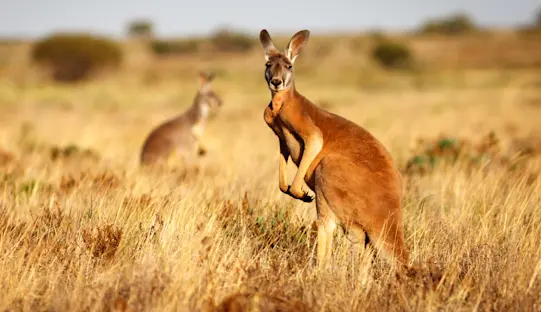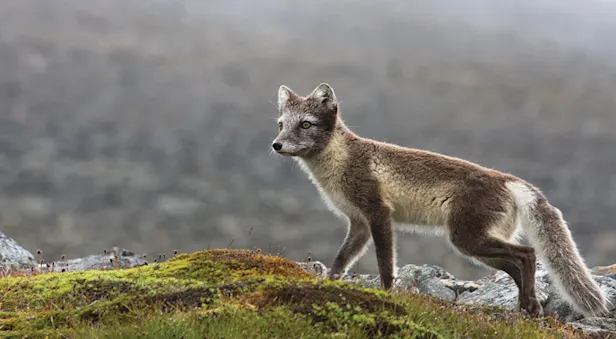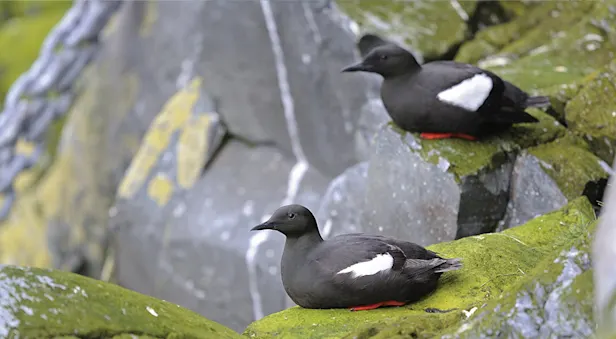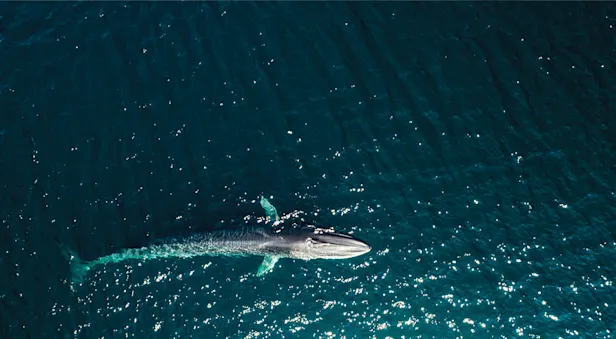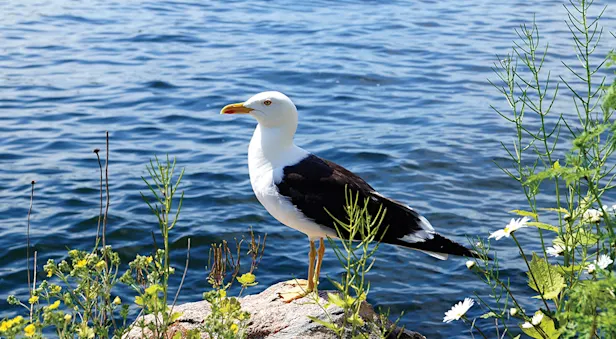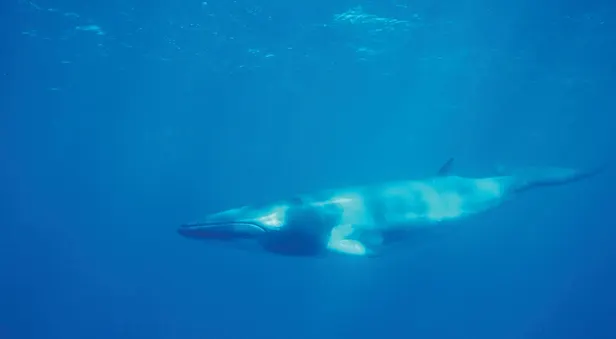
Know Before You Go


Iceland Wildlife Guide
The terrestrial mammalian fauna of Iceland is composed of just four species, only one of which, the Arctic fox, is indigenous to the country. The others were brought to Iceland, either inadvertently or intentionally. They include polar bears (very rare visitors to Iceland, usually coming only on drift-ice in years when it reaches the island), American mink (imported to Iceland in the early 1930s for the purpose of fur-farming) and reindeer (four groups of Norwegian domestic stock were imported between 1771 and 1787). Additionally, domestic livestock strains of Icelandic horses, sheep, and dogs are genetically unique due to thousands of years of isolation from other breeding stocks.
Icelandic waters are rich with marine life, including seals, whales, dolphins and over three hundred species of fish. Minke whales and humpback whales are common, as are harbor seals, grey seals, and a few types of porpoises and dolphins. Blue whales, orcas, fin whales, pilot whales and sperm whales can occasionally be spotted during certain times of the year. Most of this marine life can be seen in the Westfjords.
A total of 75 bird species regularly nest in Iceland, although about 330 species have been recorded (some are common passage migrants or winter visitors), but are slow to establish themselves permanently. Iceland is a migratory paradise with birds migrating from Europe, Africa and South America, and often building nests along Iceland’s rocky sea cliffs in which to lay their eggs. Puffin, fulmars, Arctic terns, common eiders, and a variety of gull species are the most common birds found along Iceland’s coastline.
Click the links below to learn more about each species.











